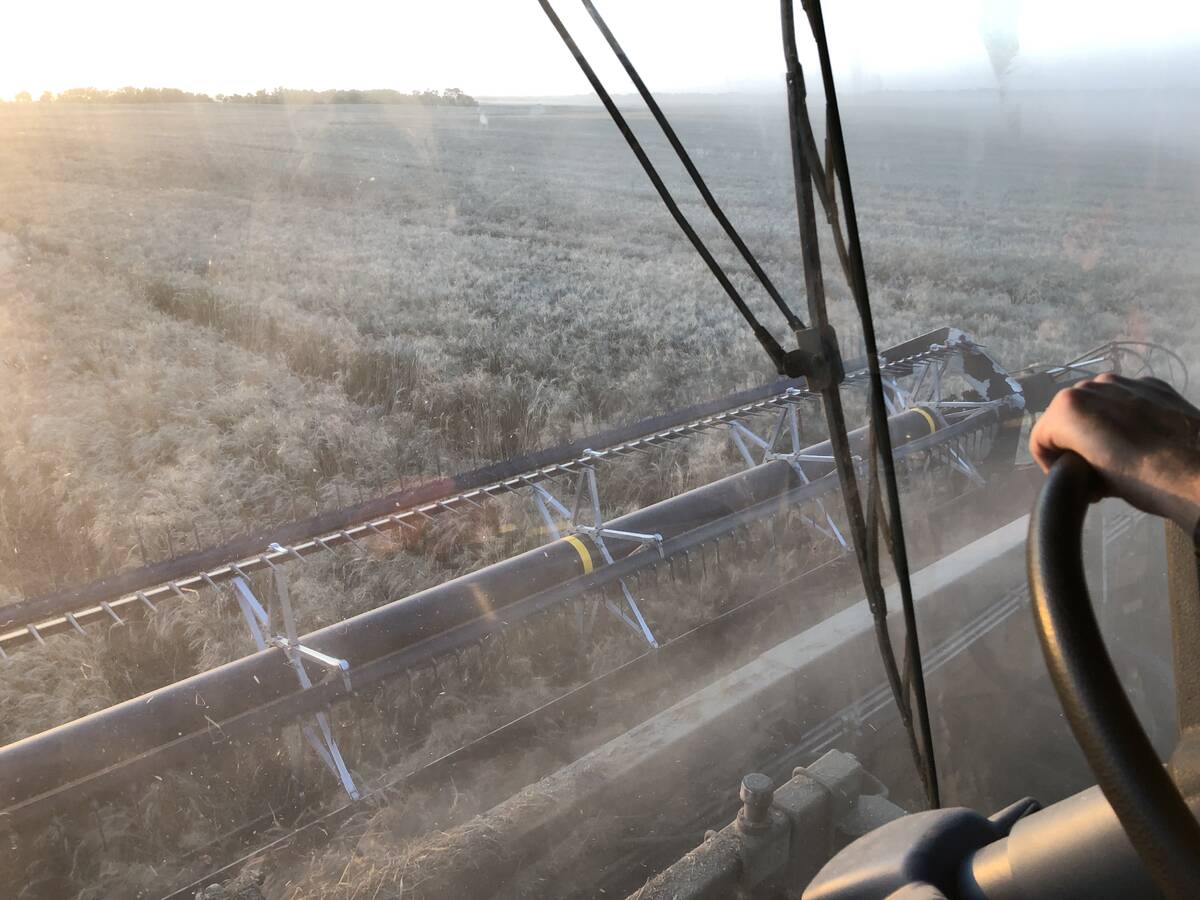DELORAINE, Man. — Rats are on the increase in parts of southern Manitoba and Saskatchewan. Even Alberta has had flare-ups, a pest control officer says.
Forced from their nests by flood waters near Winnipeg, the rodents are infesting granaries, buildings and dumps. Rats can carry disease and fleas and are a public health nuisance.
In west-central Saskatchewan, pest control co-ordinator Andy MacKenzie has seen rat numbers about double from last year.
“I went to (an old granary) a couple of weeks ago and we had seen the rats moving and the fellow had been baiting them, but they hadn’t eaten much,” said MacKenzie, who works for the provincial council of Agricultural Development and Diversification boards.
Read Also

Mail strike disrupts grain sample delivery
The Canadian Grain Commission has asked farmers to consider delivering harvest samples directly to CGC offices, services centres or approved drop offs as Canada Post strike delays mail.
“We opened one door and there was a broom with all the bristles eaten off of it.”
In Alberta, which claims to be rat free, the rodents have been spotted.
“You hear the odd time of them having to deal with situations there,” MacKenzie said. “But the rats are right to the border.”
In most of Saskatchewan, rats are under control. There are some around, but pest control officers make regular checks on farms and flag problem areas, said administrator Debbie Kosler of the Rural Municipality of Sherwood near Regina.
Much the same is true for southern Manitoba, where the rat problem is both spotty and widespread.
Largely to blame was the Red River flood of 1997, said one exterminator. It forced rats out of fields and into buildings and dumps where they multiplied quickly.
“We’re seeing a large increase in their activity levels, as high as 40 percent” over numbers before 1997, said Clint Rosevear, operations manager for Poulin’s Exterminators in Winnipeg.
Mild winters since then reduced the winterkill and heavy recent snows kept them warm and breeding, he added.
His colleague, David Lane, said calls for help from farmers are coming in from “everywhere from Swan River to Deloraine to Killarney, Rivers, Reston, everywhere … all the way up into the Interlake area.”
Lane said he uses a company poison containing warfarin that kills rats but not dogs or cats if they should eat a rat, he said.
Of the nine rural dumps he monitors, two — Metigoshe dump in the RM of Winchester and Sinclair dump in the RM of Pipestone — have what he called rat flare-ups.
He estimated Metigoshe, south of Brandon on the American border, has anywhere from 20 to 100 rats. Nearby residents have phoned to complain about them, an RM official said.
Bernie Chrisp, regional western director for Manitoba Conservation in Brandon, hadn’t heard about the Metigoshe or Sinclair situations late last week, but promised to look into them.
“Are there rats there? There shouldn’t be,” he said.
Chrisp said the rat population varies from place to place but in his view is under control.
















